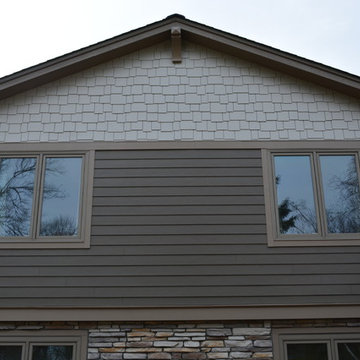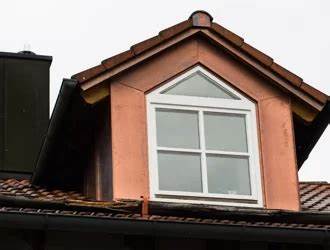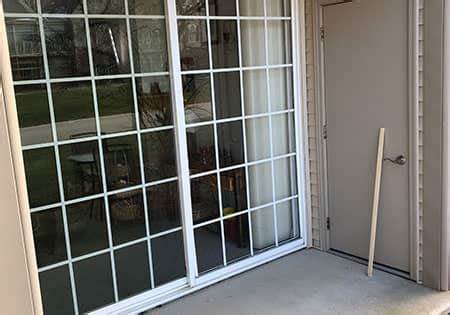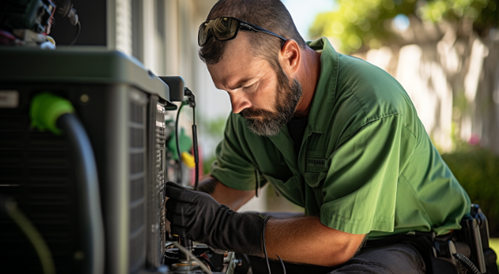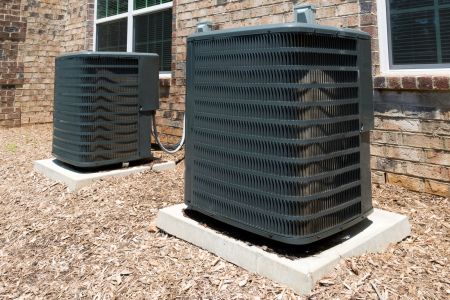Embark on a journey through the realm of global siding and roofing, where innovation meets tradition in the construction industry. Discover the intricate balance between functionality and aesthetics that defines this crucial sector.
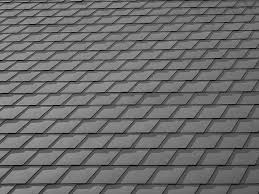 Delve deeper into the nuances of siding materials and roofing systems to uncover the dynamic landscape of trends shaping the market worldwide.
. For example, wood siding is a renewable resource, but it may contribute to deforestation if not sourced responsibly. On the other hand, fiber cement siding is made from a combination of cement, sand, and cellulose fibers, making it a more eco-friendly option.
It is essential for homeowners to weigh the environmental impact of different siding materials when making a choice for their homes.
Delve deeper into the nuances of siding materials and roofing systems to uncover the dynamic landscape of trends shaping the market worldwide.
. For example, wood siding is a renewable resource, but it may contribute to deforestation if not sourced responsibly. On the other hand, fiber cement siding is made from a combination of cement, sand, and cellulose fibers, making it a more eco-friendly option.
It is essential for homeowners to weigh the environmental impact of different siding materials when making a choice for their homes.
 Delve deeper into the nuances of siding materials and roofing systems to uncover the dynamic landscape of trends shaping the market worldwide.
Delve deeper into the nuances of siding materials and roofing systems to uncover the dynamic landscape of trends shaping the market worldwide.
Overview of Global Siding and Roofing Industry
The global siding and roofing industry plays a crucial role in the construction sector, providing essential materials for residential, commercial, and industrial buildings worldwide. These components are vital for protecting structures from the elements, enhancing energy efficiency, and improving overall aesthetics.Global trends, such as urbanization, sustainability initiatives, and technological advancements, greatly influence the siding and roofing market. Growing urban populations drive the demand for new construction projects, leading to increased opportunities for the industry. Sustainability efforts push for eco-friendly materials and energy-efficient solutions, shaping product development and consumer preferences. Technological innovations, like smart roofing systems and digital tools for design and installation, are transforming the way siding and roofing products are manufactured and installed.Impact of Urbanization on the Industry
Urbanization trends, with more people moving to cities, create a higher demand for residential and commercial buildings, driving the need for quality siding and roofing materials. This trend presents opportunities for manufacturers and suppliers in the industry to cater to the growing construction market.Sustainability Initiatives and Eco-Friendly Materials
Sustainability initiatives globally focus on reducing the environmental impact of construction activities, leading to the increased adoption of eco-friendly siding and roofing materials. Products made from recycled materials, energy-efficient designs, and green building certifications are gaining popularity in the market, reflecting the industry's commitment to sustainability.Technological Advancements in Siding and Roofing
Innovations in technology are revolutionizing the siding and roofing industry, introducing smart systems for monitoring and controlling building conditions, as well as advanced materials for enhanced performance. Digital tools for design, simulation, and installation streamline processes, improve efficiency, and ensure quality in the production and installation of siding and roofing products.Types of Siding Materials
There are various types of siding materials used globally, each with its own set of characteristics and benefits.Vinyl Siding
- Vinyl siding is one of the most popular choices due to its affordability and low maintenance requirements.
- It is durable and resistant to rot, fading, and pests.
- However, extreme temperatures can cause vinyl siding to warp or crack.
Fiber Cement Siding
- Fiber cement siding is known for its durability and resistance to fire, insects, and rot.
- It requires minimal maintenance and is available in a variety of textures and colors.
- However, installation of fiber cement siding can be more labor-intensive and costly.
Wood Siding
- Wood siding offers a natural and timeless look that many homeowners appreciate.
- It can be painted or stained to match the desired aesthetic.
- However, wood siding requires regular maintenance to prevent rot, mold, and insect damage.
Aluminum Siding
- Aluminum siding is lightweight, durable, and resistant to fire and insects.
- It is low maintenance and can be painted to change the color.
- However, aluminum siding may dent easily and is susceptible to scratches.
Brick Siding
- Brick siding is known for its longevity and classic appeal.
- It provides excellent insulation and is fire-resistant.
- However, brick siding can be expensive to install and repair.
Environmental Impact
When considering the environmental impact of siding materials, it is important to note that some materials are more sustainable than othersRoofing Systems Around the World
Roofing systems vary greatly around the world, reflecting the diverse climates and architectural traditions of different regions. It is crucial to choose the right roofing system based on the specific climate conditions to ensure durability and efficiency.Types of Roofing Systems
- Flat Roofs: Commonly found in arid regions and urban areas, flat roofs are easily accessible for maintenance and installation of solar panels.
- Tile Roofs: Popular in Mediterranean and Latin American countries, tile roofs provide excellent insulation and protection against heat.
- Metal Roofs: Widely used in regions with heavy snowfall or rain, metal roofs are durable, lightweight, and recyclable.
- Thatched Roofs: Traditional in parts of Europe, Africa, and Asia, thatched roofs offer natural insulation and a unique aesthetic appeal.
Importance of Choosing the Right Roofing System
Choosing the appropriate roofing system is essential to ensure the longevity and performance of a building. For example, in areas prone to hurricanes or typhoons, selecting a sturdy and wind-resistant roofing system can protect the structure from damage.Evolution of Roofing Technologies
The global market for roofing technologies has seen significant advancements in recent years, with the development of eco-friendly materials, innovative installation techniques, and smart roofing systems that can regulate temperature and energy consumption.Technological Advancements in Siding and Roofing
Technology has played a significant role in revolutionizing the siding and roofing industry, leading to advancements in design, installation, and efficiency of these essential components of buildings. Smart materials have emerged as a game-changer, offering innovative solutions that enhance the performance and longevity of siding and roofing systems.Smart Materials in Modern Siding and Roofing Solutions
Smart materials, such as self-healing polymers and phase-changing materials, have been integrated into siding and roofing solutions to improve durability and energy efficiency. These materials have the ability to respond to external stimuli, such as temperature changes or physical damage, to maintain the integrity of the structure and reduce maintenance costs.- Self-healing polymers: These materials have the ability to repair small cracks and damages on their own, extending the lifespan of siding and roofing systems.
- Phase-changing materials: By changing phase in response to temperature fluctuations, these materials help regulate indoor temperatures and reduce energy consumption for heating and cooling.
Innovative Technological Applications in the Industry
Advancements in technology have led to the development of various innovative solutions in the siding and roofing industry, improving efficiency, sustainability, and aesthetics.- 3D printing: 3D printing technology is being used to create custom-designed siding and roofing components, reducing waste and allowing for complex shapes and designs.
- Solar roofing tiles: Solar roofing tiles integrate solar panels seamlessly into the roof, providing a renewable energy source while maintaining the aesthetics of the building.
- Remote monitoring systems: Smart sensors and monitoring systems enable real-time tracking of the condition of siding and roofing systems, allowing for proactive maintenance and early detection of issues.
Sustainable Practices in Siding and Roofing
When it comes to the production of siding and roofing materials, sustainable practices play a crucial role in reducing environmental impact and promoting eco-friendly solutions. These practices focus on minimizing waste, energy consumption, and carbon footprint throughout the manufacturing process.Benefits of Green Building Certifications
- Green building certifications, such as LEED (Leadership in Energy and Environmental Design) or BREEAM (Building Research Establishment Environmental Assessment Method), provide third-party verification that siding and roofing products meet specific sustainability criteria.
- These certifications not only validate the environmental performance of the materials but also contribute to higher building value, improved indoor air quality, and overall occupant health and well-being.
- By choosing certified products, builders and homeowners can showcase their commitment to sustainability and differentiate their properties in the market.
Examples of Eco-Friendly Solutions
- Recycled Content: Siding and roofing materials made from recycled content, such as reclaimed wood, metal, or plastic, help reduce the demand for new raw materials and divert waste from landfills.
- Solar Reflective Roofing: Cool roofs made of reflective materials can reduce energy consumption by lowering indoor temperatures, decreasing the need for air conditioning, and mitigating the urban heat island effect.
- Living Roofs: Green roofs covered with vegetation not only provide insulation and absorb rainwater but also enhance biodiversity, improve air quality, and reduce the urban heat island effect.

